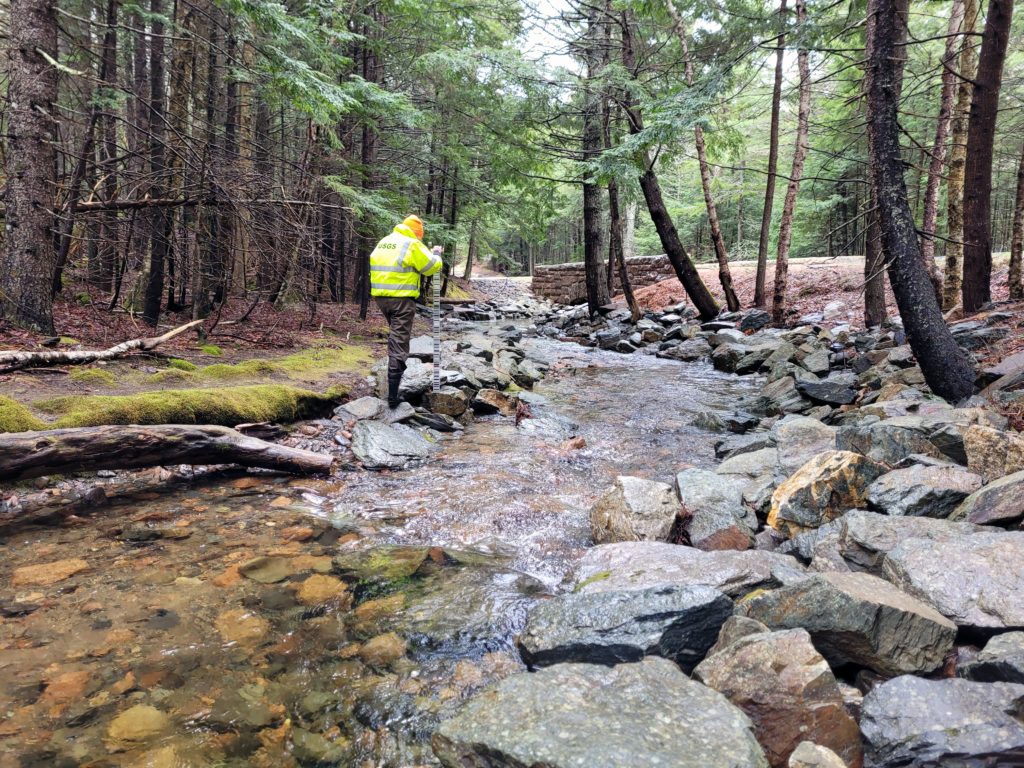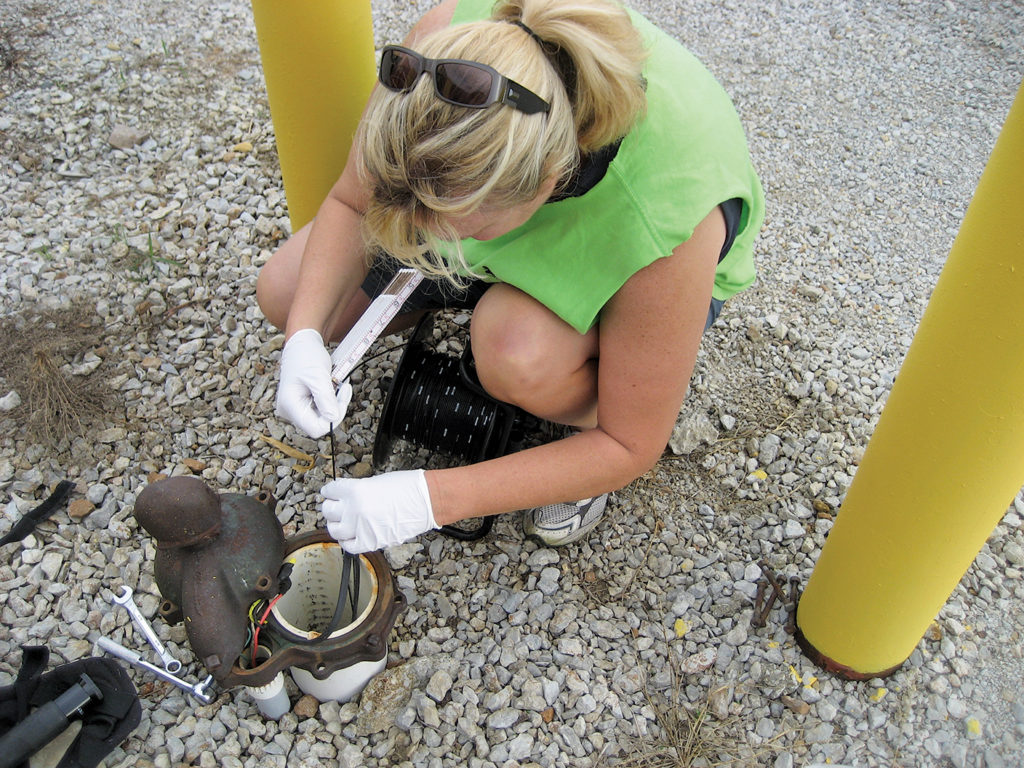Surface Water
Surface water samples should be representative of the body of water from which they are drawn. This requires excluding bottom deposits and using additional equipment if necessary. Appropriate methods include the following:
• Dipping Using Sample Container
• Scoops
• Peristaltic Pumps
• Discrete Depth Samplers
• Bailers
• Buckets
• Submersible Pumps
• Automatic Samplers
The EPA publishes guidelines on sampling water from Surface Water Sampling.

Groundwater
Testing groundwater in wells consists of two phases. The first is purging the well to remove any stagnant water immediately before sampling. Both volumetric and pumping methods can purge a well. After the well is purged, pumps, plumbing, or bags are used to collect samples to store and preserve for testing.
The EPA publishes guidelines on sampling water from Groundwater Sampling.

In-home Water
The methods used to collect home water samples depend on the specific contaminants of interest. For example, collecting samples for lead or copper analysis generally requires the first-flush water coming from a faucet. Other types of samples require the water to run for 2-3 minutes continuously before collection. All samples must come from faucets without screens, hoses, or filters, and the container should not touch the faucet during collection. Samples should be collected before the water passes through any water treatment equipment.
The EPA publishes guidelines on sampling water from Drinking Water Sample Collection.
Images: “Drinking water in the test tube” by science photo via Shutterstock; “Water-quality-sampling-USGS” by USGS; “Groundwater-well-sampling-USGS” by USGS


